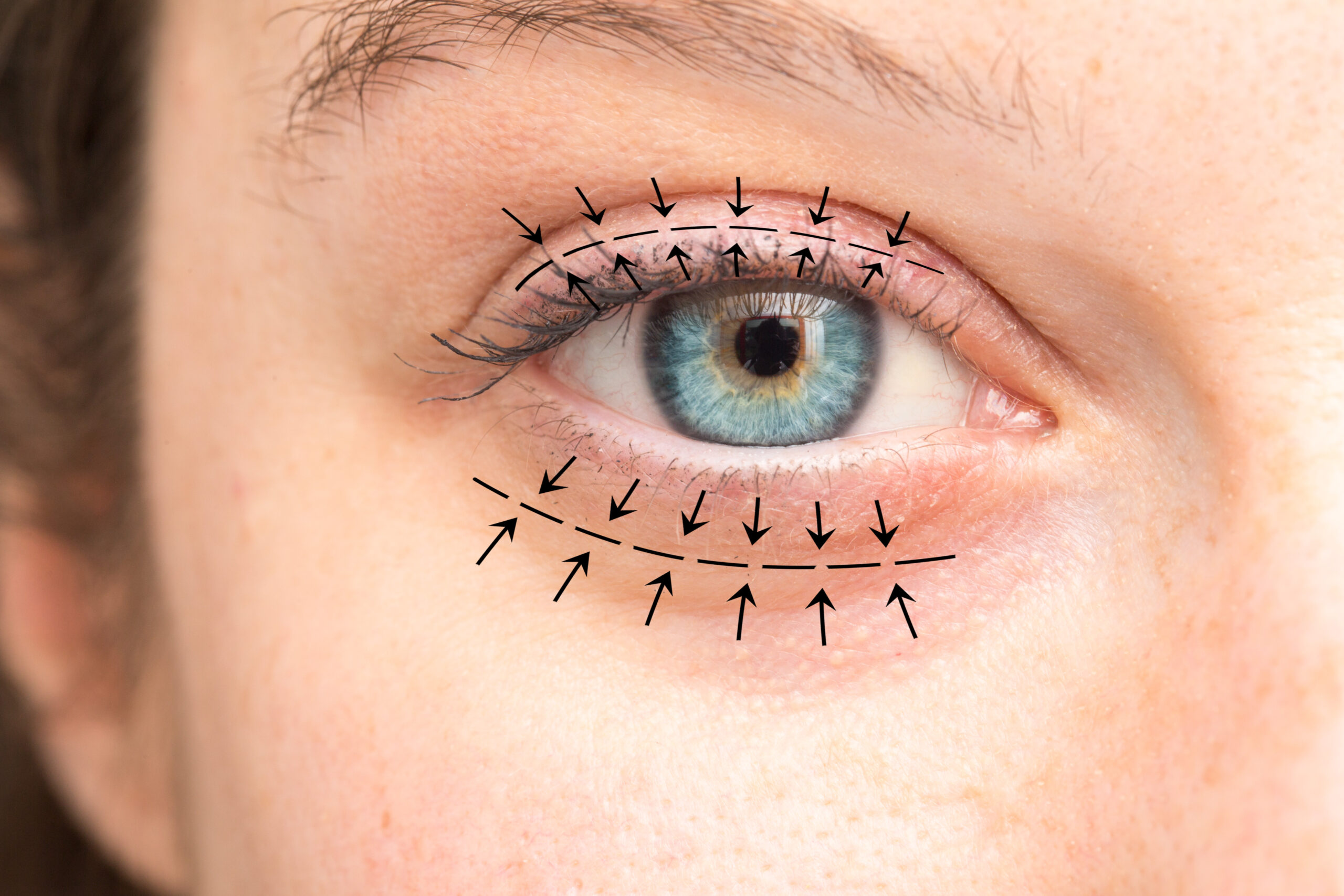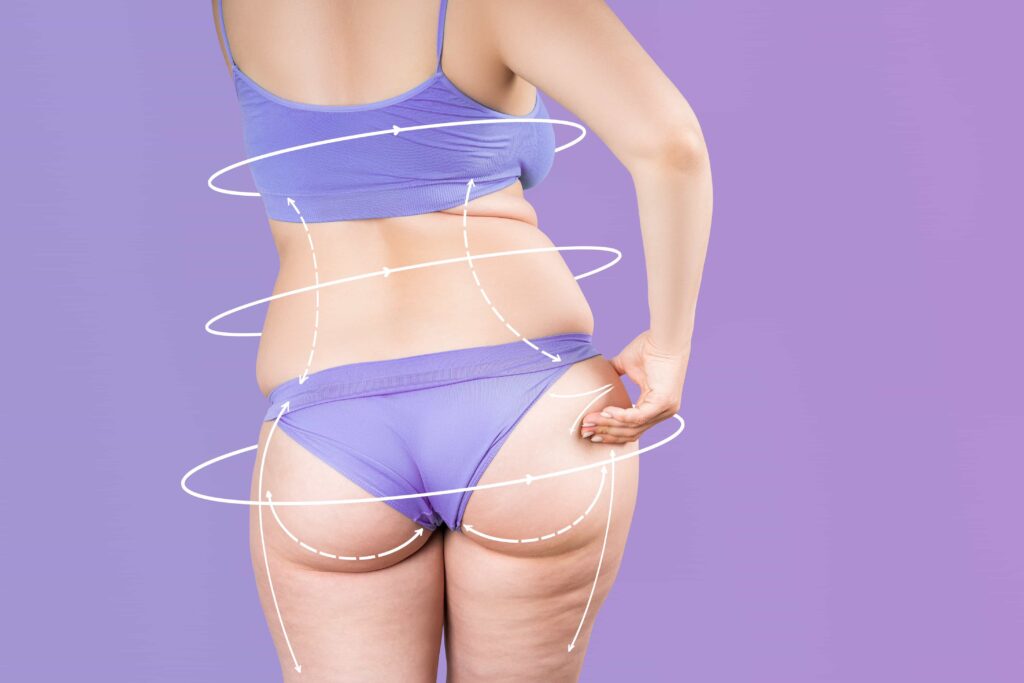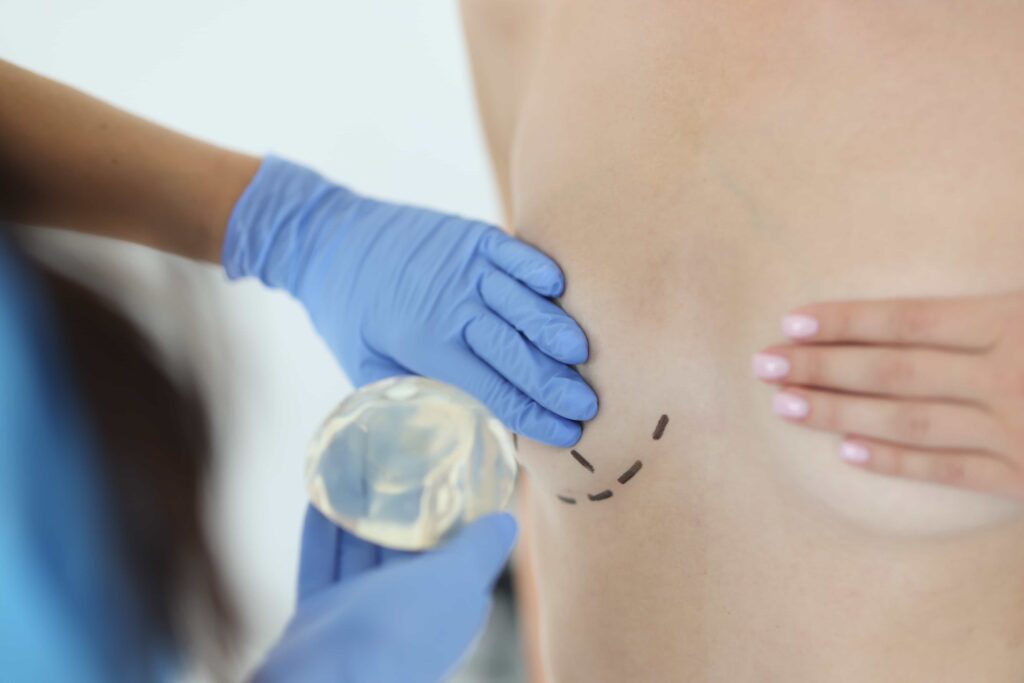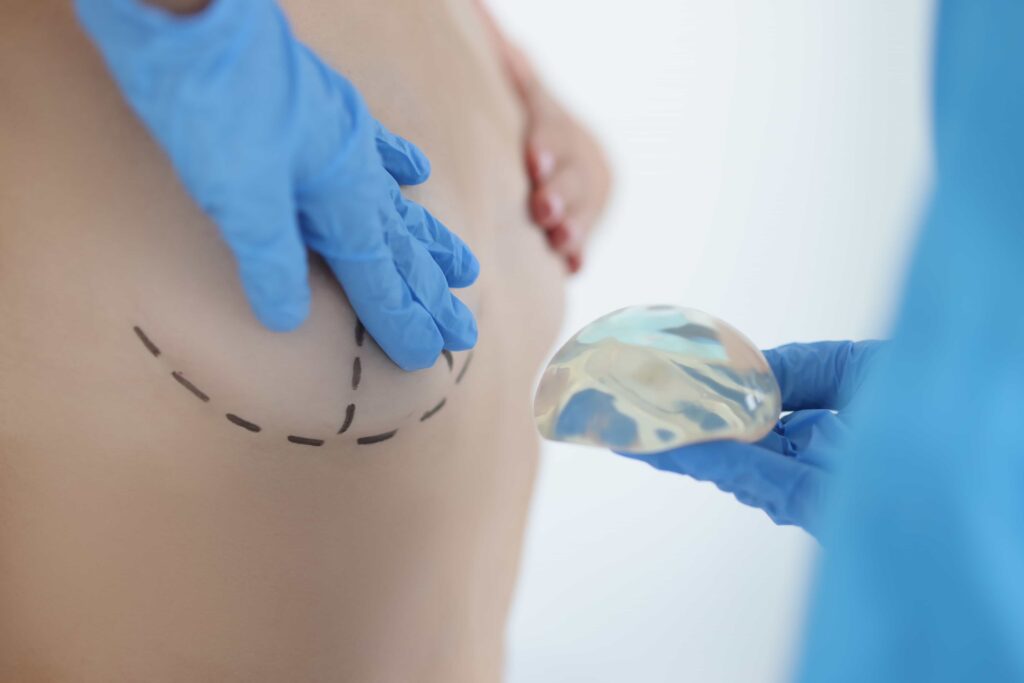Breast implant removal is a surgery to take out silicone or saline implants. It may be done because you no longer want the implants or due to complications, such as hardened scar tissue causing capsular contracture.

Breast Implant Removal
Breast implant removal is surgery to take out breast implants. During the procedure, the surgeon may also remove scar tissue or leaked silicone if needed.
Some patients choose to remove their implants and replace them with new ones. Others decide not to get new implants at all. In some cases, removal is necessary because of implant problems or health concerns.
Reasons for Breast Implant Removal
Breast implants don’t last forever. The American Society of Plastic Surgeons suggests removal or replacement every 10 to 15 years. However, if there are no issues, your surgeon may not recommend removal.
Many people choose to remove their implants if their breast shape has changed over time. These changes can happen due to:
•Aging
•Pregnancy
•Breastfeeding
•Weight gain or loss
In short, breast implant removal is a personal choice, often based on changes in the body or implant concerns.
Why Breast Implant Removal May Be Needed
Sometimes, removing or replacing breast implants is medically necessary. The most common reason is capsular contracture. This happens when scar tissue around the implant hardens. It can cause pain, discomfort, or change the look of the breast.
Other reasons to consider implant removal include:
•BIA-ALCL: A rare cancer linked to scar tissue around the implant. It mostly occurs with textured implants. Talk to your surgeon if you think you have textured implants.
•Calcium buildup around the implant.
• Implant leakage.
• Implant shifting or moving out of place.
In these cases, removal helps improve comfort, safety, and appearance.
– Mammograms: Implants can obscure breast tissue visualization during X-ray. Removal may enhance clarity of mammogram results.
-Pain Relief: Removal can alleviate discomfort from capsular contracture.
– Risks of Replacement and Rupture: Hardening of scar tissue increases implant rupture risk.
– Potential risks of breast implant removal include dissatisfaction with aesthetic appearance post-procedure.
– Additional complications may include:
– Hemorrhaging
– Asymmetry
– Seroma (accumulation of bodily fluid in the implant cavity)
– Infection
– Excessive skin laxity
– Numbness or changes in nipple sensation
– Scarring
Before Breast Implant Removal
Before your breast implant removal, your healthcare provider will give you clear instructions. You may need to:
•Change your current medications or start new ones.
•Stop taking medicines or supplements that increase bleeding, like anti-inflammatories or herbal remedies.
•Quit smoking or stop using tobacco.
Usually, breast implant removal is an outpatient procedure. This means you can go home the same day. Be sure to arrange a ride home for your safety.
What Happens During the Procedure?
At the start of surgery, an anesthesiologist will give you medicine to keep you comfortable. This may include:
•IV sedation to help you stay calm and relaxed.
•General anesthesia to put you to sleep during the procedure.
During surgery, your surgeon will:
•Make a small cut either around the areola or under the breast fold.
•Remove the implants and any scar tissue if needed.
•Place new implants if you’re getting replacements.
•Close the incisions using stitches, tape, or skin adhesive.
After that, you’ll begin your recovery and return home with care instructions.
Throughout the recovery period, which may last several weeks, it is advisable to wear a specialized support bra or a compression garment to mitigate swelling.
Additionally, small tubes, referred to as drains, may be inserted beneath the skin. These drains facilitate the removal of excess fluid or blood. Typically, these drains are removed after a few days; however, they may remain in place for up to 10 days or longer if necessary.
It is advisable to restrict strenuous activities and avoid heavy lifting. It is common for individuals to experience tenderness or soreness for a duration of up to six weeks.
Will my breasts experience sagging following implant removal?
The presence of breast implants causes the skin to stretch in order to accommodate the increased volume of the breasts. Consequently, after the removal of the implants, it is possible that the breasts may sag, droop, or appear misshapen.
Many individuals opt to undergo implant removal in conjunction with a breast lift (mastopexy). During this procedure, the surgeon excises excess skin and reshapes the breast tissue. If necessary, the surgeon may also reposition the nipple and areola. The outcome is typically firmer, more elevated breasts.
When considering anesthesia and surgery, it’s crucial to recognize the potential risks involved. Common risks include adverse reactions to medications, breathing difficulties, and complications such as bleeding, blood clots, or infections.
For those specifically contemplating ex-plant breast surgery, additional risks include challenges with breastfeeding, changes in nipple sensation, and the possibility of scarring, which can vary in visibility and texture. There may also be concerns regarding nipple alignment and breast symmetry.
According to the most recent statistics from the American Society of Plastic Surgeons, the average cost of breast implant removal surgery is $3,979. It is important to note that this average cost represents only a portion of the total expenditure, as it does not encompass additional expenses such as anesthesia, operating room facilities, or other related costs.














